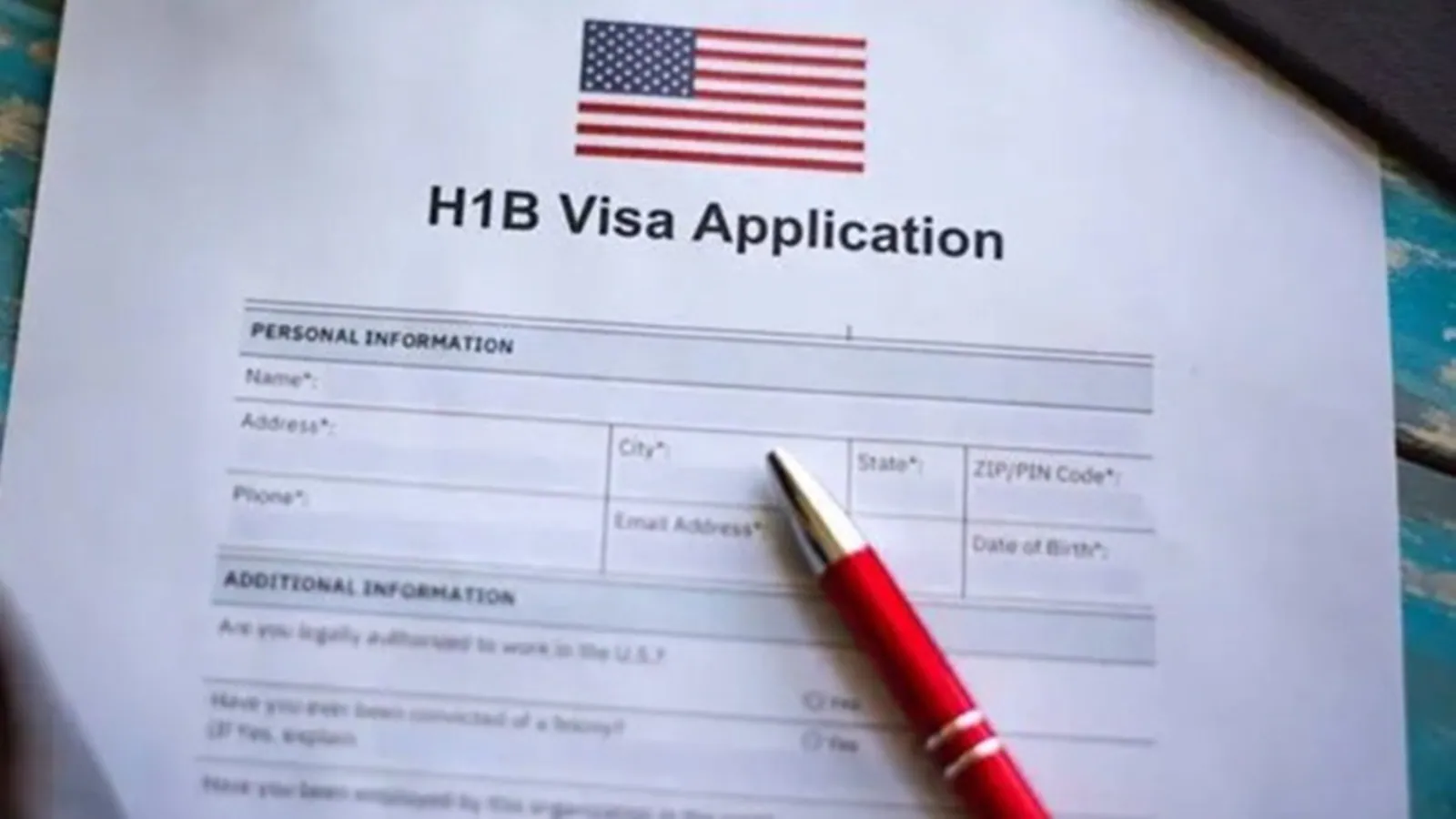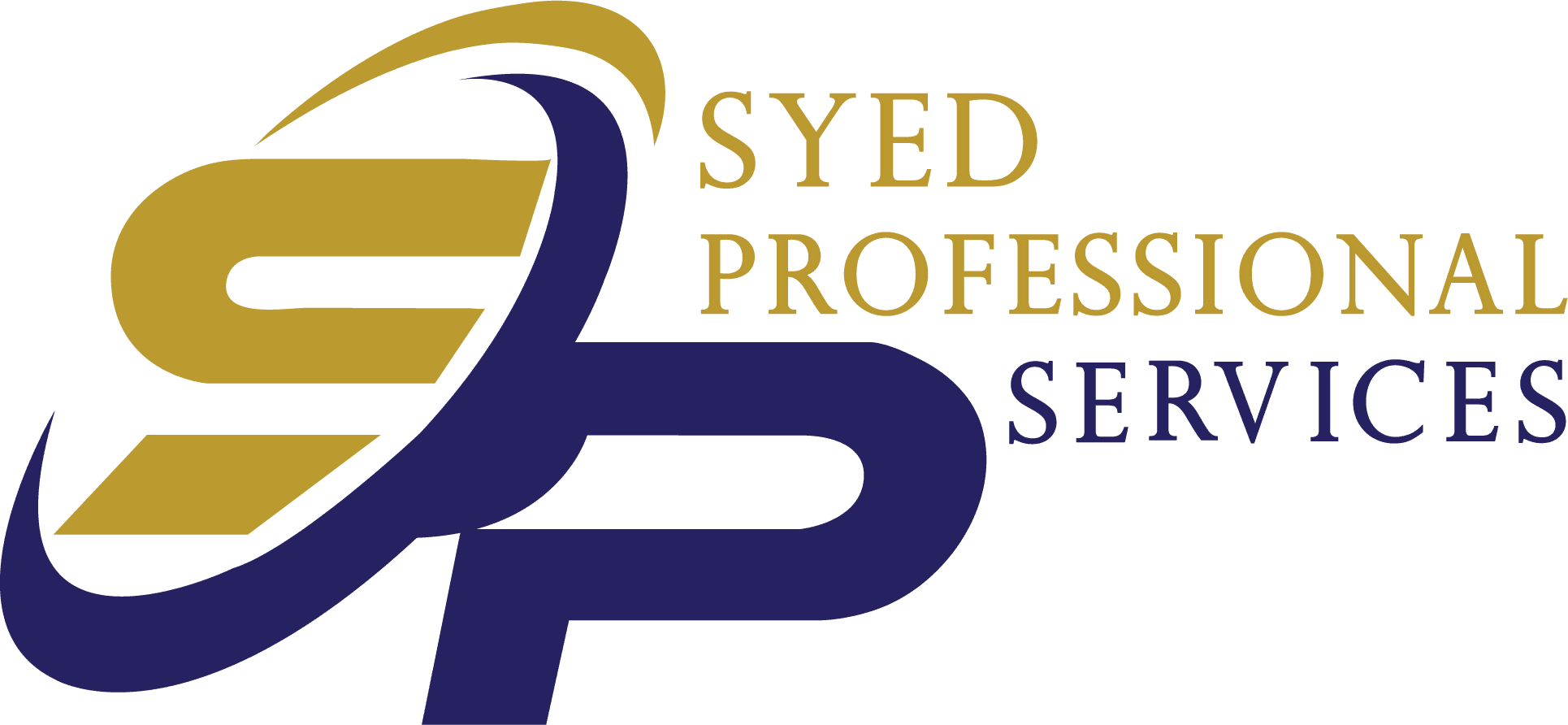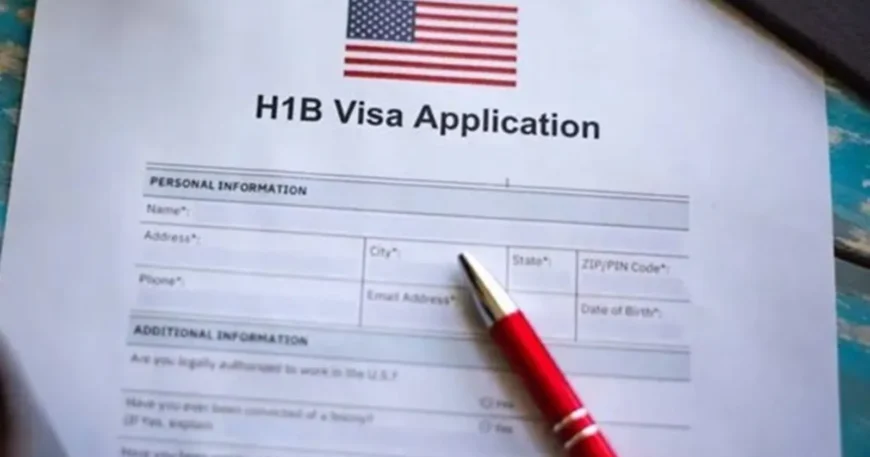H1B Visa: 10 Powerful Insights You Need to Know in 2025 (Both Benefits & Challenges)
The H1B visa has long been a cornerstone for skilled workers from around the world who wish to pursue career opportunities in the United States. As we approach 2025, the landscape surrounding the H1B visa is evolving. With both opportunities and challenges, it’s crucial for anyone interested in securing an H1B to understand its benefits and potential roadblocks.
In this blog post, we will dive deep into the key aspects of the H1B , including eligibility, application process, recent trends, and what you can expect in the coming years. Whether you’re a job seeker or an employer, understanding the nuances of the H1B is crucial. Let’s explore the 10 most important insights you need to know about the H1B in 2025.
1. What is the H1B Visa?
The H1B is a non-immigrant visa that allows U.S. employers to temporarily hire foreign workers in specialty occupations. These occupations typically require a higher level of education, such as jobs in science, engineering, and technology. The H1B is highly competitive and involves a lottery system, making it crucial to understand the eligibility criteria and application process.
2. H1B Visa Requirements: Who is Eligible?
To qualify for an H1B , the applicant must meet several key requirements. First, the position must be a “specialty occupation” that requires a bachelor’s degree or higher (or its equivalent) in a specific field. Additionally, the applicant must possess the necessary qualifications, including education and experience.
However, the number of applicants often exceeds the available slots, so understanding the eligibility requirements can significantly enhance your chances.
3. How the H1B Visa Process Works
The H1B application process begins with an employer filing a petition on behalf of the foreign worker. Once submitted, the U.S. Citizenship and Immigration Services (USCIS) conducts a lottery system to select the applications. If selected, the applicant proceeds with the necessary steps to receive the visa.
The H1B is initially issued for three years and can be extended for an additional three years. However, it’s important to note that there is a cap on the number of H1B available each fiscal year, which makes the process competitive.

4. Recent Trends in the H1B Visa Program
In recent years, the H1B program has undergone several changes. With ongoing debates about the need for skilled foreign workers, the H1B has faced scrutiny from various government agencies. For instance, the Trump administration implemented strict measures to reduce the number of foreign workers entering the U.S.
However, the Biden administration has indicated that it will prioritize attracting skilled talent, which could lead to a more favorable environment for H1B applicants. Therefore, understanding the current trends and staying up to date with immigration policies is crucial for any prospective applicant.
5. Benefits of the H1B Visa
The H1B visa offers numerous advantages for foreign workers and U.S. employers alike. For workers, the H1B provides a unique opportunity to gain valuable international experience and advance their careers in the U.S.
For employers, the H1B allows access to a global pool of skilled workers, helping to fill critical roles in industries like technology, engineering, and healthcare. Additionally, holders of the H1B visa can bring their spouses and children to the U.S., further expanding their opportunities.
6. Key Challenges in the H1B Visa Process
While the H1B offers significant benefits, the application process is not without its challenges. One of the primary hurdles is the competitive lottery system, which makes it difficult to secure a spot. Additionally, there are strict requirements for employers, including proving that they are paying workers the prevailing wage.
Recent changes in immigration policies have also made the H1B process more complex. Applicants may encounter delays or denials based on new regulations or a more stringent review process.
7. How to Improve Your Chances of Getting an H1B Visa
To increase your chances of being selected for an H1B , it’s important to ensure that your application is as strong as possible. This includes having all the required documentation in order, ensuring that your job position qualifies as a specialty occupation, and demonstrating that you meet the necessary educational and professional criteria.
Additionally, employers should consider filing applications for multiple candidates to improve the odds of having at least one selection.
8. The Role of Employers in the H1B Visa Process
Employers play a crucial role in the H1B process. They must first submit a Labor Condition Application (LCA) to ensure that the foreign worker will not be paid less than U.S. workers in similar positions. Employers must also commit to following all regulations regarding wages, benefits, and working conditions.
For employers seeking to hire foreign workers, it’s important to understand the legal responsibilities involved in sponsoring an H1B , as non-compliance can result in penalties.
9. H1B Visa Alternatives: What Are Your Options?
If you’re not selected for the H1B , or if your application is rejected, you may be wondering about alternative options. Some other visa categories that you may consider include the L-1 visa for intra-company transferees, the O-1 visa for individuals with extraordinary abilities, or the TN visa for Canadian and Mexican professionals under the North American Free Trade Agreement (NAFTA).
While the H1B is a popular choice, there are multiple pathways to work in the U.S. depending on your situation and qualifications.
10. The Future of the H1B Visa Program
As we move into 2025 and beyond, the future of the H1B program remains uncertain. Although the Biden administration has signaled a more favorable stance towards skilled foreign workers, there are still concerns about the number of H1B recipients and the impact on U.S. workers.
Changes in immigration policy could lead to both opportunities and challenges for H1B applicants. However, one thing is clear: the demand for skilled foreign workers in the U.S. is unlikely to diminish, and the H1B remains a critical tool for filling vital positions in the workforce.
Conclusion
The H1B is a powerful tool for skilled foreign workers looking to advance their careers in the U.S., but it comes with both opportunities and challenges. As we approach 2025, understanding the eligibility requirements, application process, and trends in the H1B program will be crucial for those looking to take advantage of this opportunity.
By staying informed and ensuring that your application is well-prepared, you can improve your chances of success in securing an H1B . Whether you are a job seeker or an employer, the H1B remains a key player in the global workforce, providing access to skilled professionals who can drive innovation and success in the U.S.




